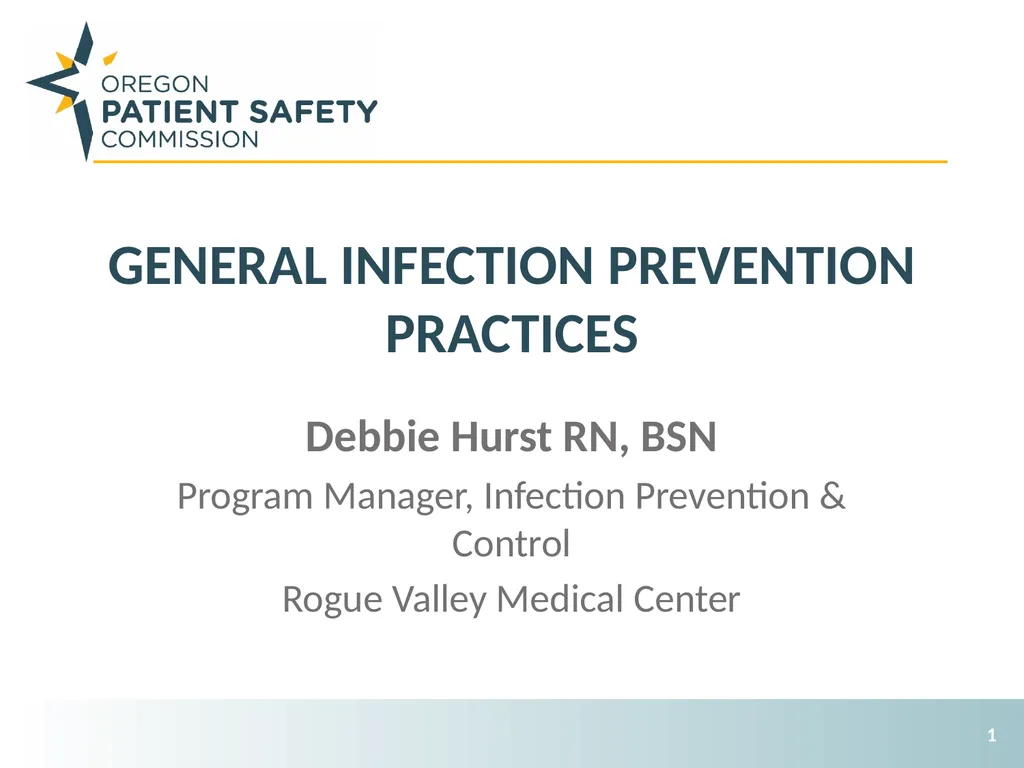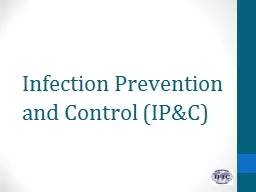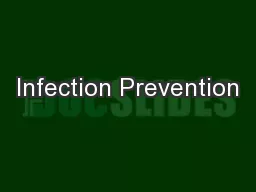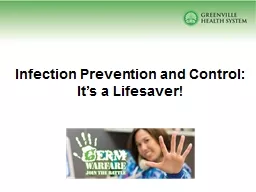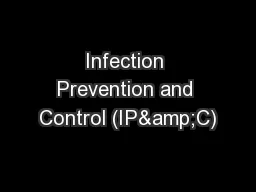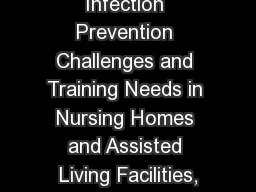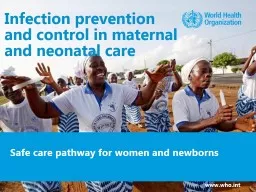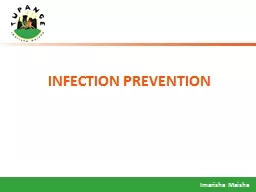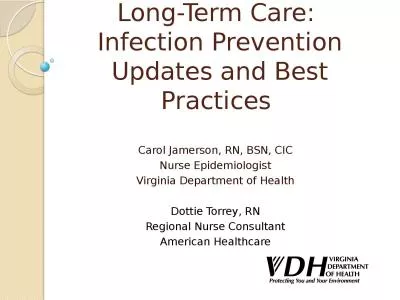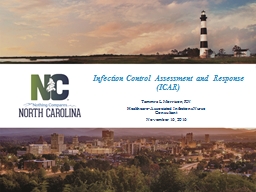General Infection Prevention Practices Debbie
Author : olivia-moreira | Published Date : 2025-07-18
Description: General Infection Prevention Practices Debbie Hurst RN BSN Program Manager Infection Prevention Control Rogue Valley Medical Center 1 2 httpwwwyoutubecomwatchvySizJnSnK8 Objectives Describe Standard Precautions practices and
Presentation Embed Code
Download Presentation
Download
Presentation The PPT/PDF document
"General Infection Prevention Practices Debbie" is the property of its rightful owner.
Permission is granted to download and print the materials on this website for personal, non-commercial use only,
and to display it on your personal computer provided you do not modify the materials and that you retain all
copyright notices contained in the materials. By downloading content from our website, you accept the terms of
this agreement.
Transcript:General Infection Prevention Practices Debbie:
General Infection Prevention Practices Debbie Hurst RN, BSN Program Manager, Infection Prevention & Control Rogue Valley Medical Center 1 2 http://www.youtube.com/watch?v=ySiz_JnSnK8 Objectives Describe Standard Precautions practices and use of appropriate personal protective equipment (PPE) Identify proper hand hygiene practices Identify how to manage patients with potential transmissible diseases in an ASC 3 4 Little is known about infection control practices in ASCs Audit tool used to assess compliance in 5 key areas of infection control: hand hygiene, injection safety and medication handling, equipment reprocessing, environmental cleaning, and handling of blood glucose monitoring equipment Overall, 46 of 68 (68%) had at least one 1 lapse in infection control; 12 (18%) had lapses in 3 or more of the five categories JAMA 2010;303(22):2273-9 CMS Survey CMS will observe: Soap and water availability Alcohol-based hand rubs available and installed appropriately Hand hygiene performed: After removing gloves After direct patient contact Before invasive procedures After contact with blood and body fluid (BBF) or contaminated surfaces (even if gloves worn) 5 Oregon HCRQI General Infection Prevention Program Findings Lack of a policy and system for reporting infectious diseases or outbreak management Hand hygiene: not done between patients, after removal of gloves, and after contact with contaminated materials Personal protective equipment (e.g., gloves) not used for contact with contaminated material Staff drinks with lids by the handwashing station Gloves not always worn when starting IVs Hand sanitizers not mounted appropriately 6 Standard Precautions Used for all patients To prevent bloodborne pathogen transmission To prevent transmission of other organisms To protect both patients and staff 7 Standard Precautions Includes hand hygiene/hand washing Personal protective equipment (PPE) Sharps precautions Equipment handling Linen handling Waste and lab specimen handling Cleaning and disinfecting 8 Helps prevent disease transmission Handwash with soap and water Agent, Friction, Time Hand sanitizer needs to dry No artificial or long nails for personnel with patient contact Monitor adherence to CDC/WHO hand hygiene guidelines Hand Hygiene 9 Nurse Hand Shows bacterial growth 24 hours after imprint Sample of Germs from Hands 10 CEO Hand Before HH After HH Reasons why healthcare workers do not wash their hands as often as they should: Heavy workloads (too busy) Skin irritation caused by frequent use of soap and water Hands don’t look dirty Sinks are poorly located Handwashing takes too long Why is Compliance with Recommended Handwashing so Poor? 11 Sinks used for handwashing are often installed in bad
